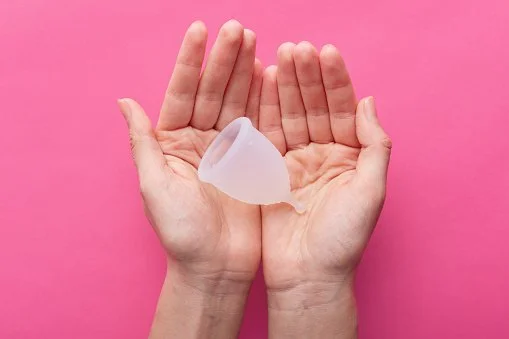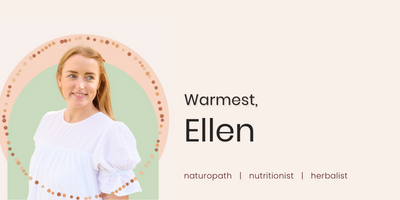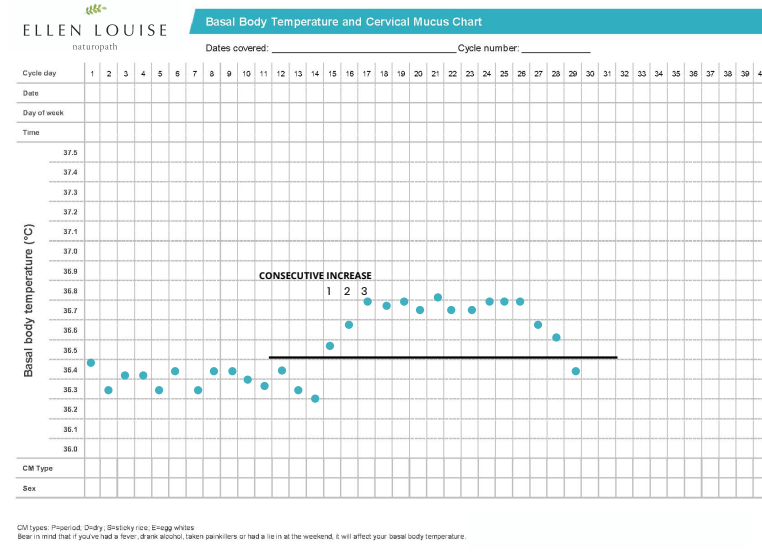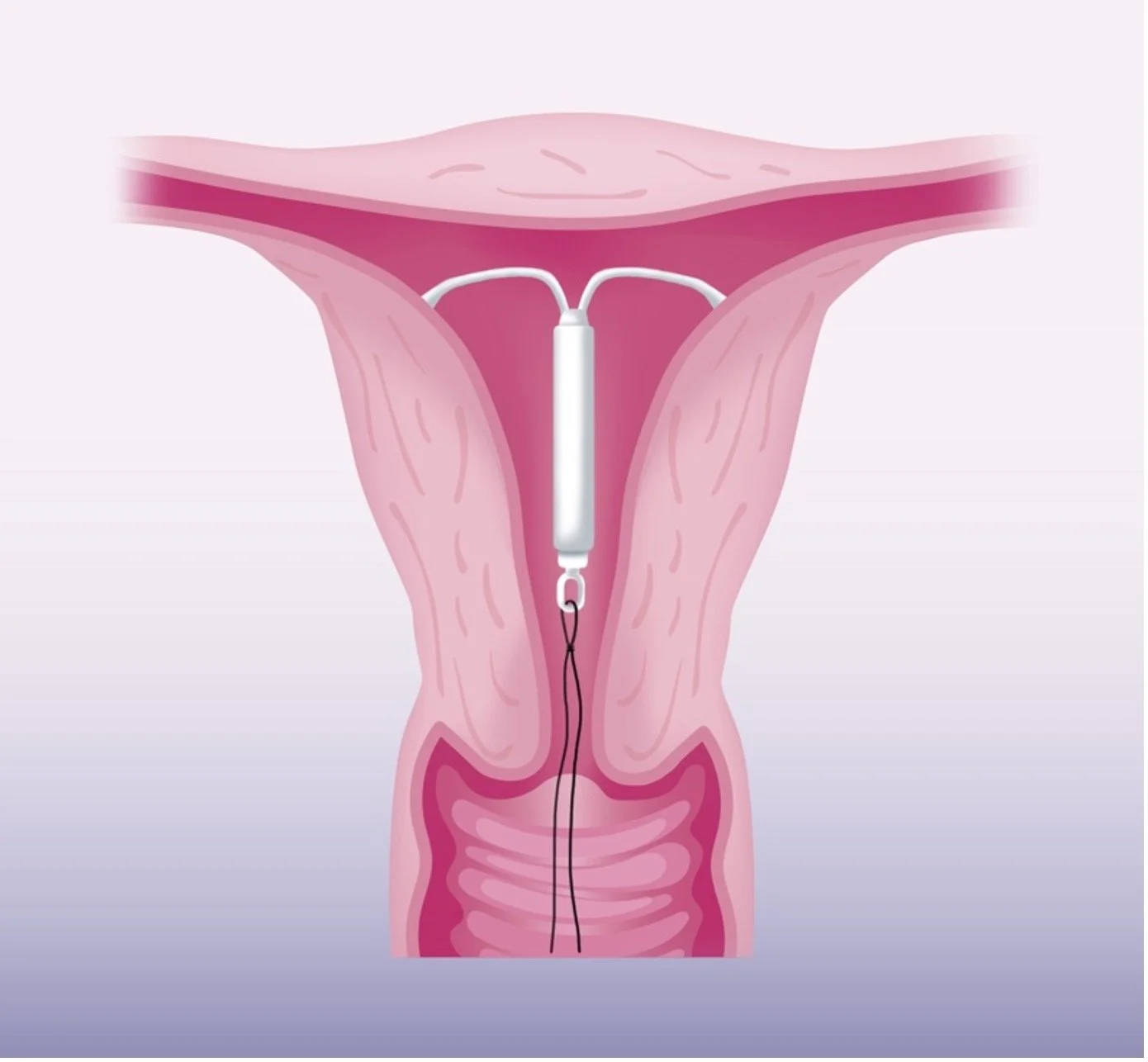Menstrual cups are becoming more and more popular and it is an exciting trend to see!! I love my menstrual cup, it has so many positives! I find it a lot more convenient, say goodbye to changing your pad every 2-3 hours! I personally find them a lot more comfortable compared to tampons or pads. In the long term, it is a lot more cost effective and environmentally friendly.
Although they are becoming more popular, non-organic pads and tampons are by far the most commonly used products (1). I get it, we are all stuck in our old ways and comfortable with what we know. But what if you knew tampons and pads contain plastics and are bleached? (1). What if you knew tampons/pads are made from cotton; one of the highest pesticide sprayed crops in the world? I don’t know about you but I don't want pesticides and plastics in my vajayjay….
How do they work?
Menstrual cups are a small, flexible funnel shaped cup that you insert into your vagina which collects period blood. They can hold more blood than any other traditional methods. Cups are usually made from a medical grade silicone. Depending on the type of cup and your flow, you can generally wear a cup for up to 12 hours (3). Menstrual cups can last up to 10 years, and is one of the reasons why more women are choosing them for a more environmentally conscious choice.
Why are menstrual products better for the environment?
Non-organic menstrual products can contain a variety of chemicals, including dyes, bleach and pesticides. Unlike food products, there are few regulations that require disclosure of their ingredients. Many women are misinformed about manufacturing practices and the impact menstrual products have on our environment(1) Women also lack awareness on the range of menstrual products on the market (1).
Over the course of a lifetime, a menstruating woman will use between 5 and 15 thousand pads and tampons which end up in landfill. The plastics and non compostable materials can take up to 300-500 years to decompose (2). The breakdown of these products can often end up polluting our waterways, contaminating our beaches and marine life, and release toxic fumes.
How are menstrual cups better for you?
Although currently there are no scientific reports, many women using menstrual cups have seen differences in reducing the length and volume of their flow. This potentially may be due to the cup allowing the blood to flow in its natural state without any absorbent materials affecting it.
As we have learnt, traditional menstrual products are manufactured with chemicals. These chemicals can irritate the vagina and may be harmful to our vaginal microbiome. A disturbed vaginal microbiome can increase the risk of acquiring vaginal infections like thrush and bacterial vaginosis. These chemicals are also known to be endocrine disrupting chemicals and shown to contribute to hormonal issues.
The menstrual cup is an easier tool to track your flow - you can actually see if there are any clots, as well as, the amount and the colour of blood. These are important to be aware of - remember, your menstrual health is a good indicator of your overall health.
Unlike tampons, which can leave you feeling dry, menstrual cups do not absorb the fluids in your vaginal walls. The cups help keep your vagina nice and juicy, like it should be.
Worried about managing the menstrual cup??
The best part about menstrual cups is that you can sleep with them in! I often forget I even have my period whilst wearing them. I personally like to sleep in mine, and upon waking I have a shower and take it out in the shower, clean and then re-insert. I have a shower again at the end of the day… No messy business.
Out and about and don’t know how to manage the menstrual cup??
Having spent time in India and travelling in places known to not have the best toilet facilities I used a menstrual cup portable cleaner like the Emanui.
A few of my favourite brands of menstrual cups:
Menstrual cups are not a one-size-fits-all. Initially, you may find it hard to find the right fit. It is like finding the right pair of jeans… it may be difficult to find a comfortable pair that are the right length, but also fit your waist and booty… but once you find the comfiest fitting pair you wear them all the time. So you may have to try out a couple of brands before finding the perfect one for you and your vagina. Once you find the right one, you won’t look back.

















































